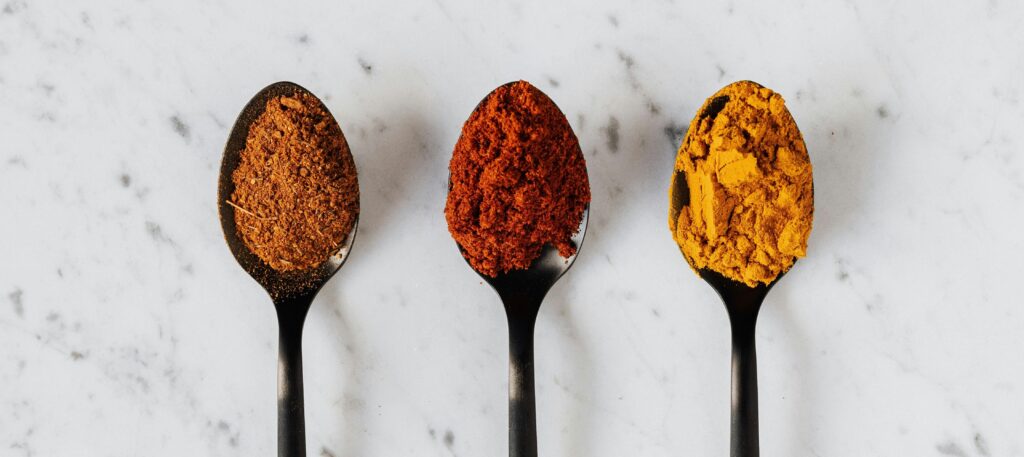How is leather colored?

Leather is a natural material, and it is not uncommon for it to have earthy colors like tan, brown, grey, and black. This is because the traditional method of leather tanning, vegetable tanning, is limited to subtle colors. Most people who don’t know much about leather think real leather is only available in tan, brown, and black. However, with modern dyeing techniques, leather can be dyed any desired color, no matter how vibrant it is.
Do you know that some people think of leather color as if it has the same color as the animal it is sourced from? I’m not kidding; some people just don’t know leather very well. I once showed my sister a new leather jacket that I had designed a few years ago. She doesn’t know much about leather and is a vegan. The jacket was white, and I told her it was made from buffalo leather. She asked why it wasn’t black instead of white since it was from buffalo leather. I was surprised to learn that people have very little knowledge about real leather and its colors.
In this article, we are going to discuss how is leather colored in modern tanneries, coloring methods, and processes. After reading this article you will get a clear insight about the interesting process of coloring leather hides (Unlike my sis:). So let’s dive into the colorful world of leather.
Table of Contents
What is colored leather?
Colored leather is leather that has undergone the dyeing or pigmentation process to achieve a desired color beyond its natural tan, brown, or blue shade (wet blue). Colored leather allows for a wider range of aesthetic choices for clothing, accessories, upholstery, and more. Beyond appearance, color can also serve a functional purpose, such as hiding imperfections and creating a more uniform surface.
After the leather is tanned, it is placed in a vat of dye. The excess dye is then rinsed off to ensure no color rubs off on anything.
There are two types of dyes: natural dyes and synthetic dyes. Natural dyes are used for vegetable-tanned leather and are limited to colors like tan and brown shades. However, synthetic dyes are used to achieve more vibrant colors. Additionally, pigmentation can be added to hide surface irregularities and pores.
Methods of Leather Coloring
There are two types of leather coloring methods: dyeing and pigmentation. These methods are sometimes applied one after the other, depending on the type of leather. Dyeing colors the leather throughout the fibers, while pigmentation adds color to the surface, similar to painting.
In the case of natural dyes, traditional techniques are used, which involve only dyeing the leather. On the other hand, synthetic dyes offer a wider range of colors, and pigmentation is often applied after dyeing to create a smooth surface.
Process of leather coloring
Traditionally, leather is dyed by hand in containers containing natural colors from plants. However, the modern leather industry has very much evolved and there are several techniques to color the leather and that is exactly what we are going to discuss in this section:
1.| Preparing the Leather for Dye Preparing the leather to dye is a crucial step in coloring the leather as it ensures the dye adheres to the leather. It involves cleaning, neutralization, and drying of tanned leather. Other things like sanding and deglazing can also be added as required
2.| Applying the Dye There are different techniques to dye the leather. One of the widely used techniques in modern tanneries is drum dyeing and spray dyeing. Here’s the overview:
Drum Dyeing: Efficient Batch Processing
In this method, leather hides are placed in a large rotating drum made of steel, plastic, or wood which contains a pre-mixed dye solution. Drum dyeing is an efficient method to dye large quantities of leather hides in batches That is why it is very popular among commercial leather producers due to its ability to process a large amount of leather at once and achieve consistent color results
Spray Dyeing
Spray dyeing is another method of dyeing leather, and it is very popular in the modern leather industry as it allows for a more targeted and precise application of dye. This method is ideal for precise applications such as adding accents, creating two-tone effects, or darkening the stitching. Anything from artistic applications to touch-up detailing can be achieved through spray dyeing. It is generally done automatically by robots and also manually with hand-operated spray guns.
Conclusion
In conclusion, I hope our article has been helpful to you in understanding How is leather colored. If you have any doubts, then you can leave a comment on the post and we will definitely solve them for you. You can also reach out to us for further details.
For more information on leather products, you can check our other articles or you can contact us. LeatherBlues is known as one of the best stores for real leather products. Explore our amazing collection of leather garments and services.
Related articles: PH of leather and why is it important?
Leather finishing: A DIY guide to protect and maintain leather
